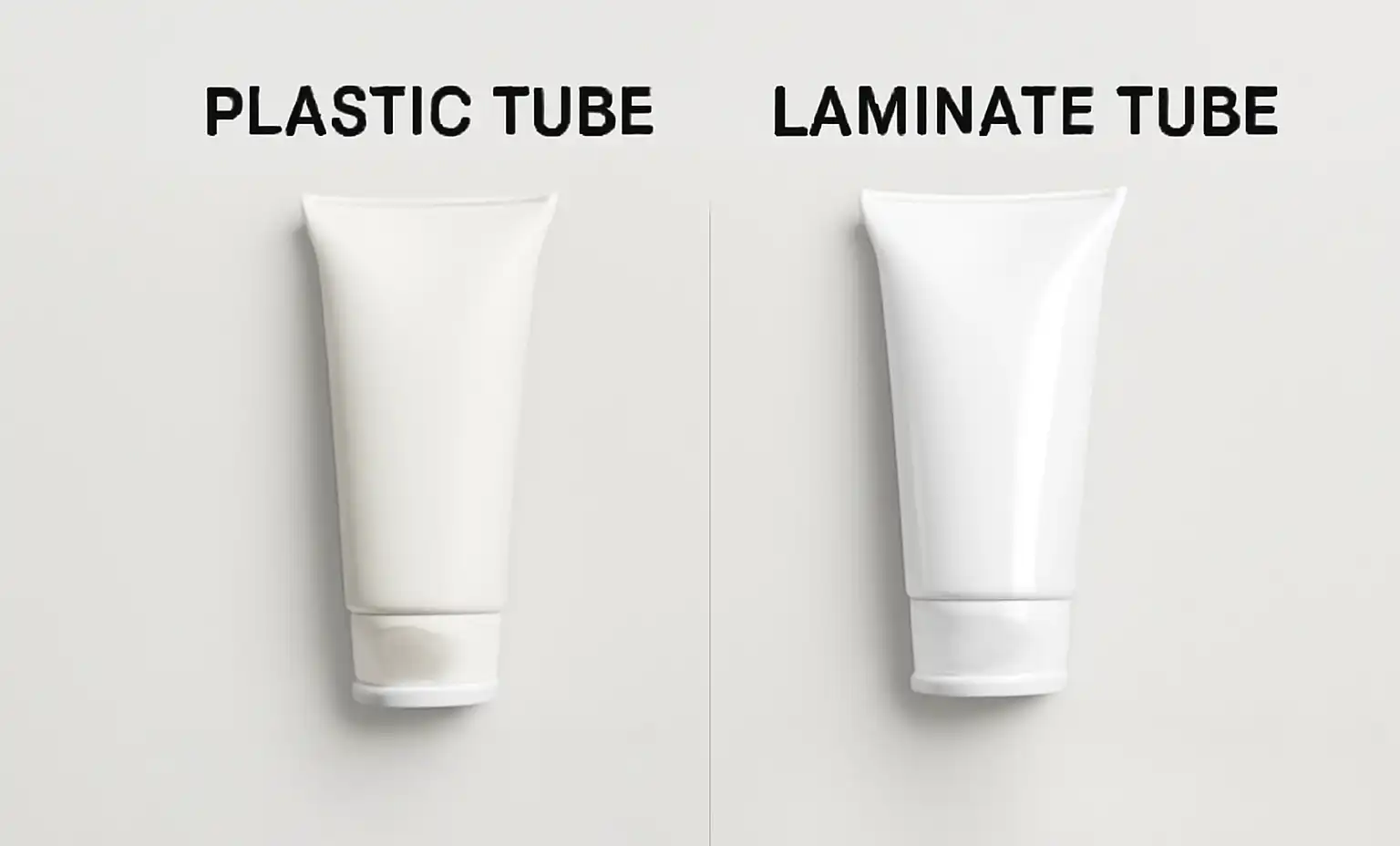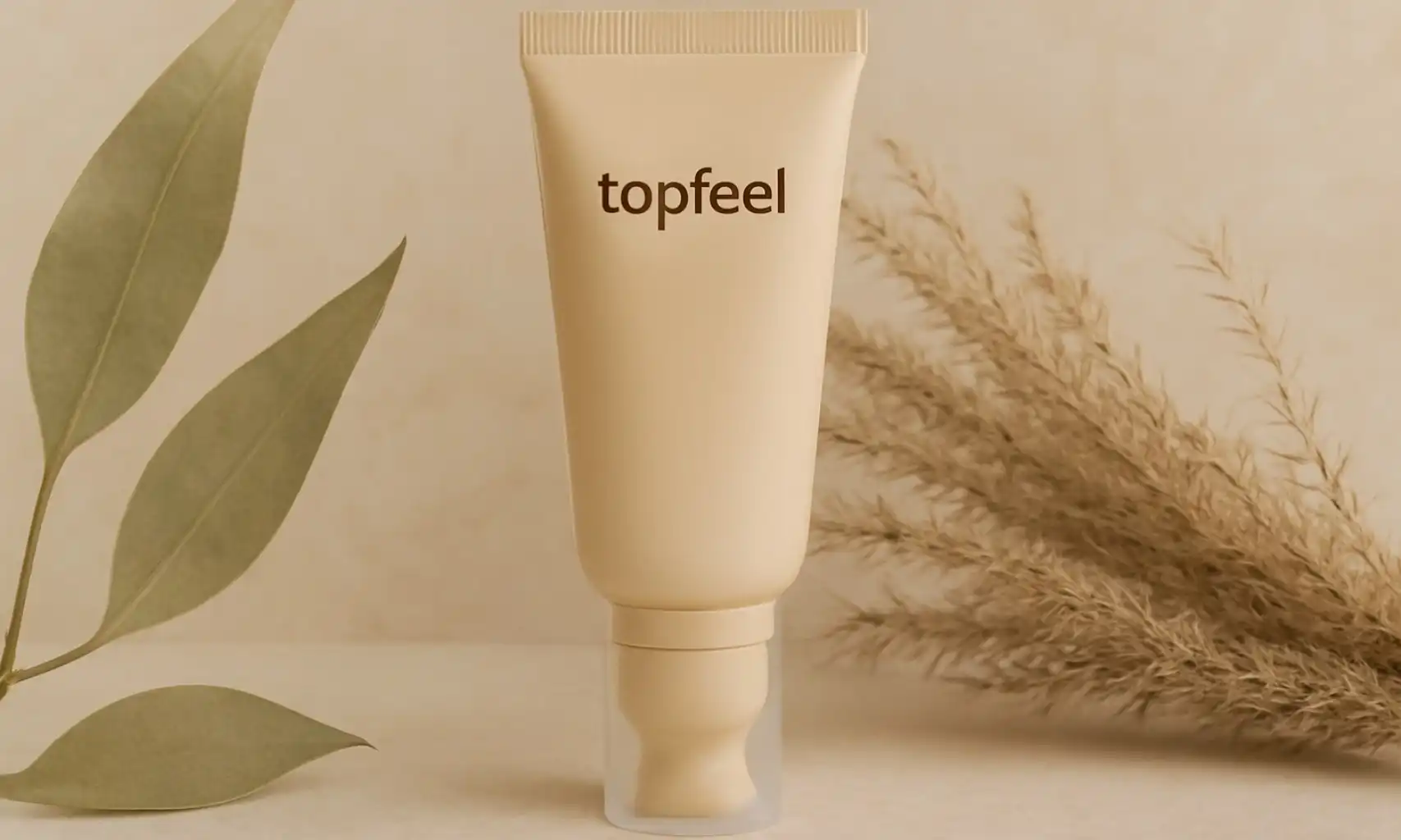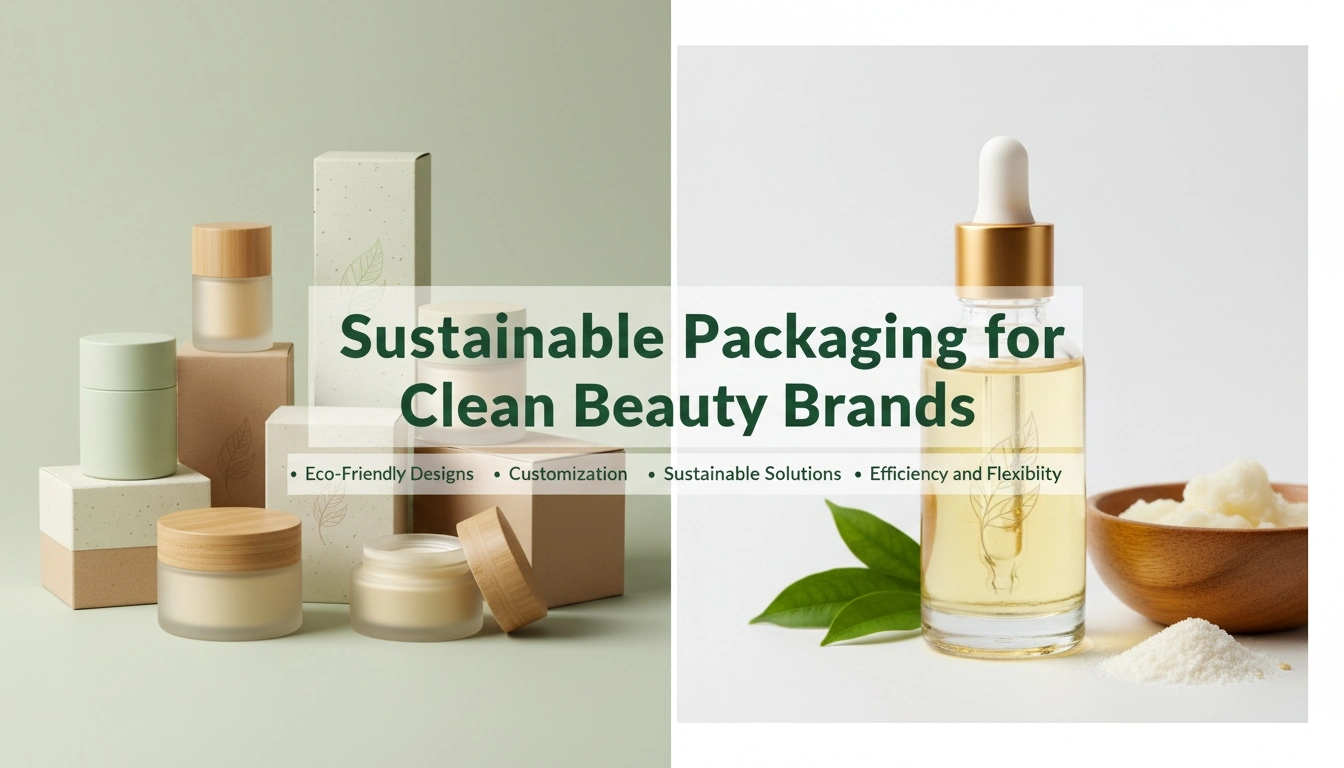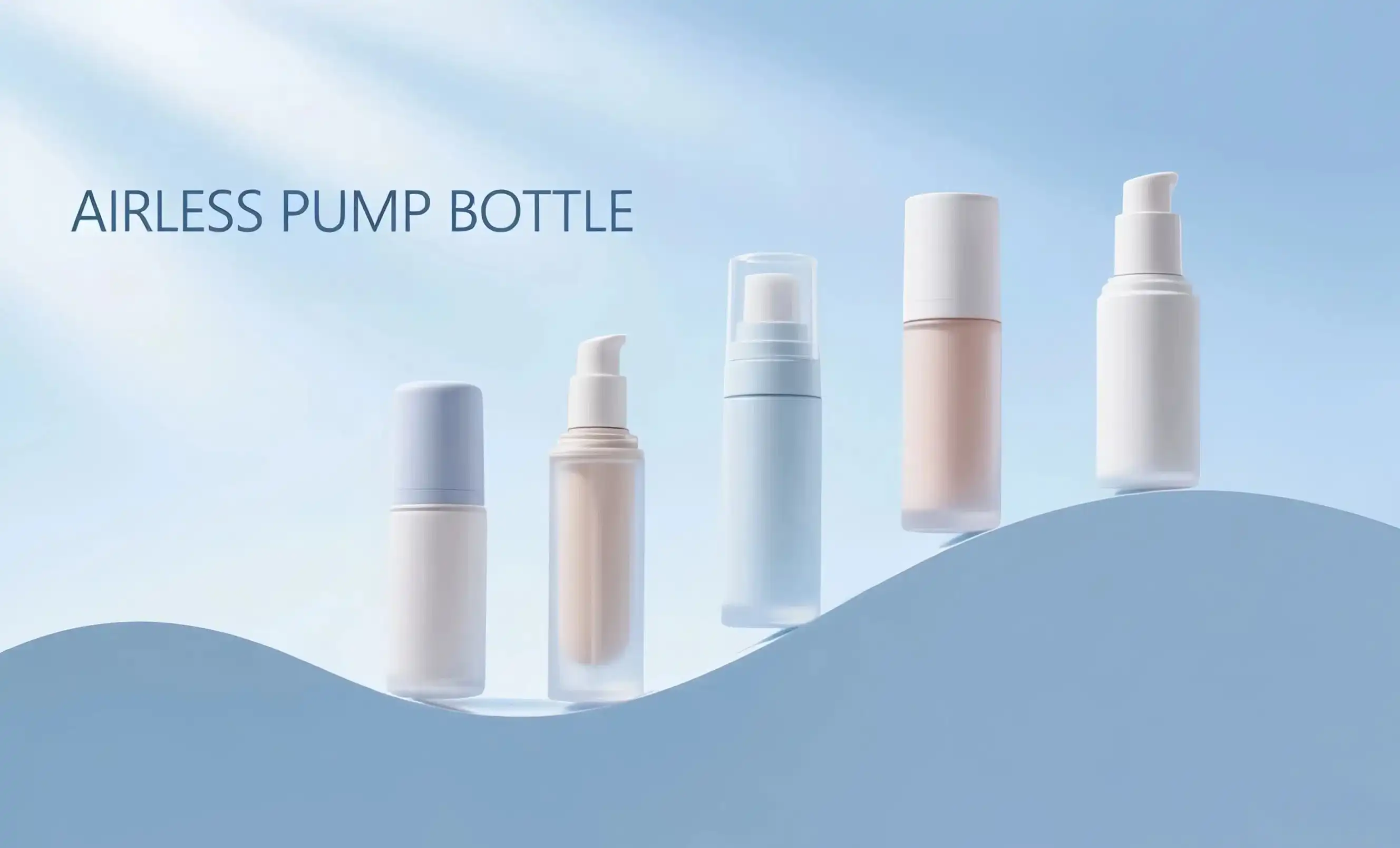Plastic vs. Laminate Tubes: Which Is Best for Cosmetics?
When it comes to choosing between plastic and laminate tubes for cosmetics, each option has its own set of advantages and considerations. Plastic tubes, particularly those made from HDPE, LDPE, or PP, are lightweight, cost-effective, and easily recyclable. They offer good flexibility and are resistant to cracking, making them suitable for a wide range of cosmetic products.

Advantages of Plastic Tubes
Plastic tubes are highly customizable in terms of shape, color, and decorative options. They can be easily squeezed, allowing for precise product dispensing. Additionally, plastic tubes are generally more affordable than their laminate counterparts, making them an attractive option for brands looking to balance quality with cost-effectiveness.
Benefits of Laminate Tubes
Laminate tubes, on the other hand, offer superior barrier properties against oxygen, light, and moisture. This makes them ideal for protecting sensitive formulations and extending product shelf life. The multi-layer structure of laminate tubes allows for the incorporation of different materials, each serving a specific purpose such as product protection or printability.
Ultimately, the choice between plastic and laminate tubes depends on various factors, including the specific cosmetic product, target market, and brand positioning. High-end skincare products may benefit from the premium feel and enhanced protection of laminate tubes, while mass-market cosmetics might find plastic tubes more suitable for their needs and price point.
|
Feature |
Plastic Tube |
Laminate Tube |
|
Material |
Made from PE, PP, PET plastics. |
Made of multilayer material, often including plastic and aluminum. |
|
Finish |
Matte or opaque finish. |
Glossy finish. |
|
Recyclability |
Generally recyclable, depending on type. |
More difficult to recycle due to composite layers. |
|
Durability |
Less resistant to punctures; more flexible. |
More resistant to punctures; rigid and durable. |
|
Squeezeability |
Easier to squeeze; lightweight. |
Harder to squeeze but offers better protection. |
|
Aesthetic Appeal |
Modern, sleek, simple design. |
Premium, high-end look with a luxurious feel. |
|
Cost |
Cheaper to produce. |
More expensive to manufacture. |
|
Common Uses |
Everyday skincare and personal care products. |
Luxury skincare or air-sensitive products. |
How Material Choice Affects Cosmetic Tube Performance
The material selected for cosmetic tubes plays a crucial role in determining their performance, impacting everything from product preservation to user experience. Understanding these effects is essential for brands and manufacturers to make informed decisions about their packaging choices.
Impact on Product Stability
Different materials offer varying levels of protection against external factors that can degrade cosmetic formulations. For instance, opaque HDPE tubes provide excellent light protection, crucial for preserving active ingredients sensitive to UV radiation. Laminate tubes with aluminum layers offer superior oxygen barrier properties, extending the shelf life of products prone to oxidation.
Influence on User Experience
The material choice also affects how consumers interact with the product. Soft, squeezable plastics like LDPE allow for easy dispensing of thicker formulations, while stiffer materials like PP might be preferred for more liquid products to prevent over-dispensing. The texture and feel of the tube material can also contribute to the overall perceived quality of the product.
Additionally, the compatibility between the tube material and the cosmetic formulation is crucial. Some plastic materials may interact with certain ingredients, potentially altering the product's efficacy or safety. This is why thorough compatibility testing is essential in the development process.
Environmental Considerations
As sustainability becomes increasingly important to consumers, the environmental impact of tube materials is a significant consideration. Recyclable plastics and bio-based materials are gaining popularity, offering brands the opportunity to reduce their ecological footprint while meeting consumer expectations for eco-friendly packaging.
FDA-Approved Materials for Cosmetic Tube Manufacturing
The U.S. Food and Drug Administration (FDA) plays a crucial role in regulating materials used in skincare tubes to ensure consumer safety. As of 2025, the FDA has approved several materials for use in cosmetic packaging, including tubes, based on their safety profile and suitability for contact with cosmetic products.
Commonly Approved Plastics
Among the FDA-approved materials for cosmetic tubes, certain plastics stand out due to their widespread use and versatility:
- High-Density Polyethylene (HDPE): Known for its strength and chemical resistance
- Low-Density Polyethylene (LDPE): Valued for its flexibility and squeeze-ability
- Polypropylene (PP): Appreciated for its clarity and high-temperature resistance
- Polyethylene Terephthalate (PET): Chosen for its excellent barrier properties and recyclability
These plastics are considered safe for cosmetic packaging when manufactured according to FDA guidelines and good manufacturing practices.

Innovative and Sustainable Options
In recent years, the FDA has also approved several innovative and sustainable materials for cosmetic tube manufacturing, reflecting the industry's shift towards eco-friendly packaging solutions:
- Post-Consumer Recycled (PCR) plastics: Approved for use in cosmetic packaging, supporting circular economy initiatives
- Bioplastics: Derived from renewable resources, offering a more sustainable alternative to traditional petroleum-based plastics
- Aluminum: Approved for use in cosmetic tubes, providing excellent barrier properties and recyclability
It's important to note that while these materials are FDA-approved, manufacturers must still ensure that their specific formulations and production processes meet all relevant safety standards and regulations.
Compliance and Documentation
For brands and manufacturers using FDA-approved materials, maintaining proper documentation is crucial. This includes keeping records of material specifications, supplier certifications, and test results demonstrating compliance with FDA regulations. Regular audits and quality control measures are essential to ensure ongoing compliance and product safety.
As the cosmetic industry continues to evolve, we can expect to see further innovations in tube materials, with a focus on enhancing product protection, improving sustainability, and meeting increasingly stringent regulatory requirements.
Conclusion
The world of cosmetic tubes is constantly evolving, with material innovations driving improvements in product protection, user experience, and sustainability. As we've explored, the choice between plastic and laminate tubes, the impact of material selection on performance, and the importance of FDA-approved materials all play crucial roles in the cosmetic packaging landscape.
For brands looking to stay at the forefront of packaging innovation while ensuring product integrity and regulatory compliance, partnering with experienced manufacturers is essential. At Topfeelpack, we specialize in advanced airless bottles and cosmetic packaging solutions that meet the diverse needs of the beauty industry. Our commitment to sustainability, fast customization, and competitive pricing makes us an ideal partner for skincare brands, makeup brands, and cosmetics OEM/ODM factories alike.
Whether you're a CEO seeking innovative packaging solutions, a product manager exploring new materials, or a brand manager looking to align packaging with your brand image, Topfeelpack has the expertise and capabilities to meet your needs. We understand the importance of quick turnaround times, flexible minimum order quantities, and stringent quality control in today's fast-paced beauty market.
Ready to elevate your cosmetic packaging? Contact us at pack@topfeelgroup.com to learn more about our custom makeup tube solutions and how we can support your brand's growth and sustainability goals.
References
- Johnson, A. (2024). "Advances in Cosmetic Tube Materials: A 2025 Perspective". Journal of Packaging Technology and Research, 18(2), 145-160.
- Smith, B. et al. (2025). "Comparative Analysis of Plastic and Laminate Tubes in Cosmetic Applications". International Journal of Cosmetic Science, 47(3), 301-315.
- FDA. (2025). "Guidance for Industry: Use of Recycled Plastics in Food Packaging (Chemistry Considerations)". U.S. Food and Drug Administration.
- Green, C. and Brown, D. (2024). "Sustainable Materials in Cosmetic Packaging: Trends and Innovations". Cosmetics & Toiletries, 140(6), 22-30.
- Thompson, R. (2025). "Material Selection for Cosmetic Tubes: Balancing Performance and Sustainability". Packaging Science Today, 12(4), 78-92.
- Lee, S. et al. (2024). "Consumer Perceptions of Eco-Friendly Cosmetic Packaging Materials". Journal of Consumer Behaviour, 23(5), 412-428.

 - 副本_1745399213966.webp)

_1747827716538.webp)

